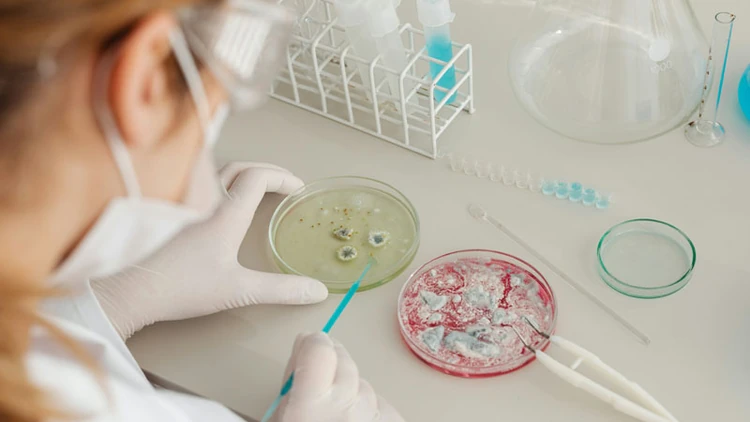As many as 80% of women use tampons every month

A new study conducted by researchers from the University of CaliforniaBerkeley is highlighting the potential health risks associated with tampons.
Of 30 different types of tampons involved in the study, all 30 contained some concentration of metals or other toxic chemicals, which can pose significant health concerns for women.
Despite this large potential for public health concern, very little research has been done to measure chemicals in tampons, said researcher JenniShearston. To our knowledge, this is the first paper to measure metals in tampons. Concerningly, we found concentrations of all metals we tested for, including toxic metals like arsenic and lead.
Understanding metal exposure
For the study, the researchers looked at 30 types of tampons from 14 different brands, testing the concentration of 16 metals: arsenic, barium, calcium, cadmium, cobalt, chromium, copper, iron, manganese, mercury, nickel, lead, selenium, strontium, vanadium, and zinc.
The results were clear: all of the metals were detected in the tampons, and each type of tampon contained some concentration of metals.
The researchers identified differences in the metal concentration depending on whether or not the tampons were organic or non-organic, where they were purchased in the U.S. vs. in the U.K., as well as store brand vs. name brand.
Lead was found in all of the tampon samples in the study, though non-organic tampons were more likely to have higher levels of lead. On the other hand, non-organic tampons had higher levels of arsenic.
What are the health risks?
According to the researchers, exposure to lead alone is associated with several serious health risks.
This includes disruption to the neurological, renal, cardiovascular, hematological, immunological, reproductive, and developmental systems. Low levels of lead exposure can also increase the risk of cognitive issues, including memory function, attention, and learning ability.
How do metals get into tampons?
The researchers explained that there are a few ways that tampons can be exposed to metals and other toxic chemicals.
For starters, the materials used to make the tampons could be contaminated in the production process. Additionally, metals may be added intentionally as antimicrobial agents, to help fight odors, or for coloring. Lastly, if contaminated water is used in the production process, that can ultimately increase the concentration of metals.
I really hope that manufacturers are required to test their products for metals, especially for toxic metals, Shearston said. It would be exciting to see the public call for this, or to ask for better labeling on tampons and other menstrual products.
Photo Credit: Consumer Affairs News Department Images
Posted: 2024-07-15 11:20:21




















